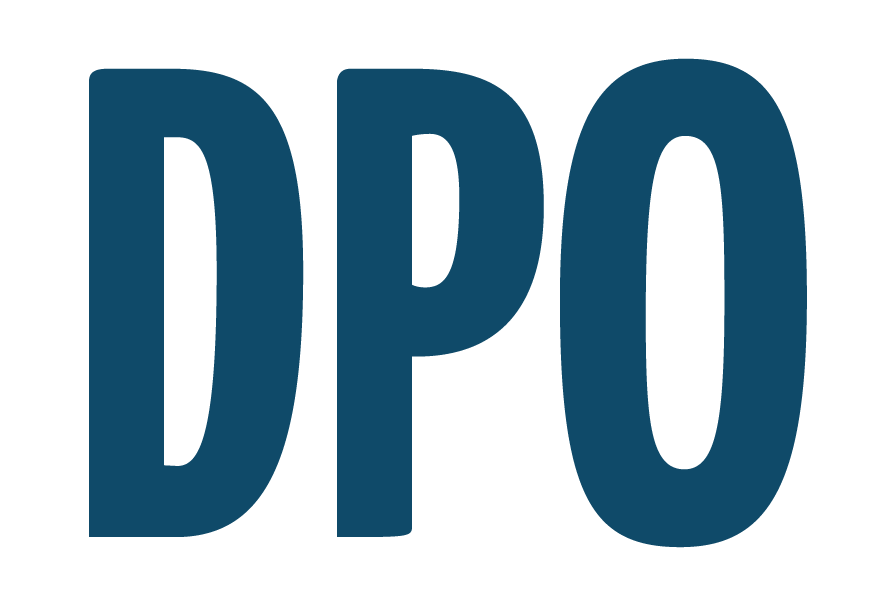Rethinking Expense Management
- Bogdan Büchner

- Nov 10
- 2 min read
In a world where finance teams are expected to deliver both accuracy and agility, expense management often remains surprisingly manual. As organizations move toward full automation, it’s time to rethink how expenses are captured, approved, and controlled.

How automation is redefining financial control and transparency
In today’s finance departments, automation is no longer a luxury — it’s the foundation of efficient operations. While many companies have modernized procurement and approval workflows, one area still creates unnecessary friction: expense management.
Paper receipts, manual uploads, and inconsistent reporting often slow down even the most advanced accounts payable (AP) systems. The shift toward automated expense capture represents more than convenience — it’s the key to real-time visibility, compliance, and control.
The Hidden Cost of Manual Expense Handling
Manual expense handling might appear as a small administrative task. But across an organization, it quickly adds up to lost time, inaccurate data, and delayed financial insight.
Employees misplace receipts, enter wrong amounts, or submit incomplete reports. Finance teams then spend hours verifying entries, reconciling data, and following up on missing documentation.
Beyond inefficiency, this creates blind spots in company spending. Without a full and accurate record of expenses, budgets become reactive instead of strategic.
From Paper to Real-Time: The Rise of Automated Expense Capture
Digital expense management replaces fragmented manual steps with automation and intelligent data recognition.
When receipts are scanned or photographed, optical character recognition (OCR) extracts key data — merchant, date, amount, tax details — while machine learning matches them to the relevant purchase order or project.
This process ensures every transaction is instantly captured, categorized, and auditable. No more manual entry, no more lost proof of payment.
Why Automated Expense Management Matters
1. Accuracy and ReliabilityAutomation ensures all data is captured consistently and accurately, reducing errors and audit risks.
2. Transparency and ComplianceDigital expenses link directly to approvals and budgets, creating a traceable audit trail and simplifying reporting.
3. Efficiency and SpeedManual reconciliation disappears. Approvals move faster, and month-end closing becomes significantly smoother.
4. Mobility and AccessibilityEmployees can upload expenses from anywhere, while finance teams monitor spending in real time from a centralized dashboard.
Integrating Expense Capture with Procurement Workflows
Expense management is most effective when it’s part of a broader purchase-to-pay (P2P) ecosystem.
By integrating expense data with purchase orders and approvals, companies can automatically verify transactions, detect duplicates, and maintain total financial visibility.
Solutions like Digital Purchase Order (DPO) unify these processes — linking requests, approvals, budgets, and expenses in one transparent workflow. This centralization gives finance teams both granularity and control, reducing time spent on administration while strengthening governance.
The Future of Expenses: Data-Driven Insights
The next step goes beyond digital capture. With AI-driven expense analytics, organizations gain deeper insights into spending patterns, supplier performance, and policy adherence.
Finance leaders can identify optimization opportunities, anticipate budget needs, and strengthen forecasting — all based on real-time, reliable data.
Conclusion
Rethinking expense management isn’t just about going paperless. It’s about unlocking strategic financial intelligence.
By combining automation, visibility, and control through tools like Digital Purchase Order, companies can finally turn expense data into a driver of better decisions — not just another task on the to-do list.



